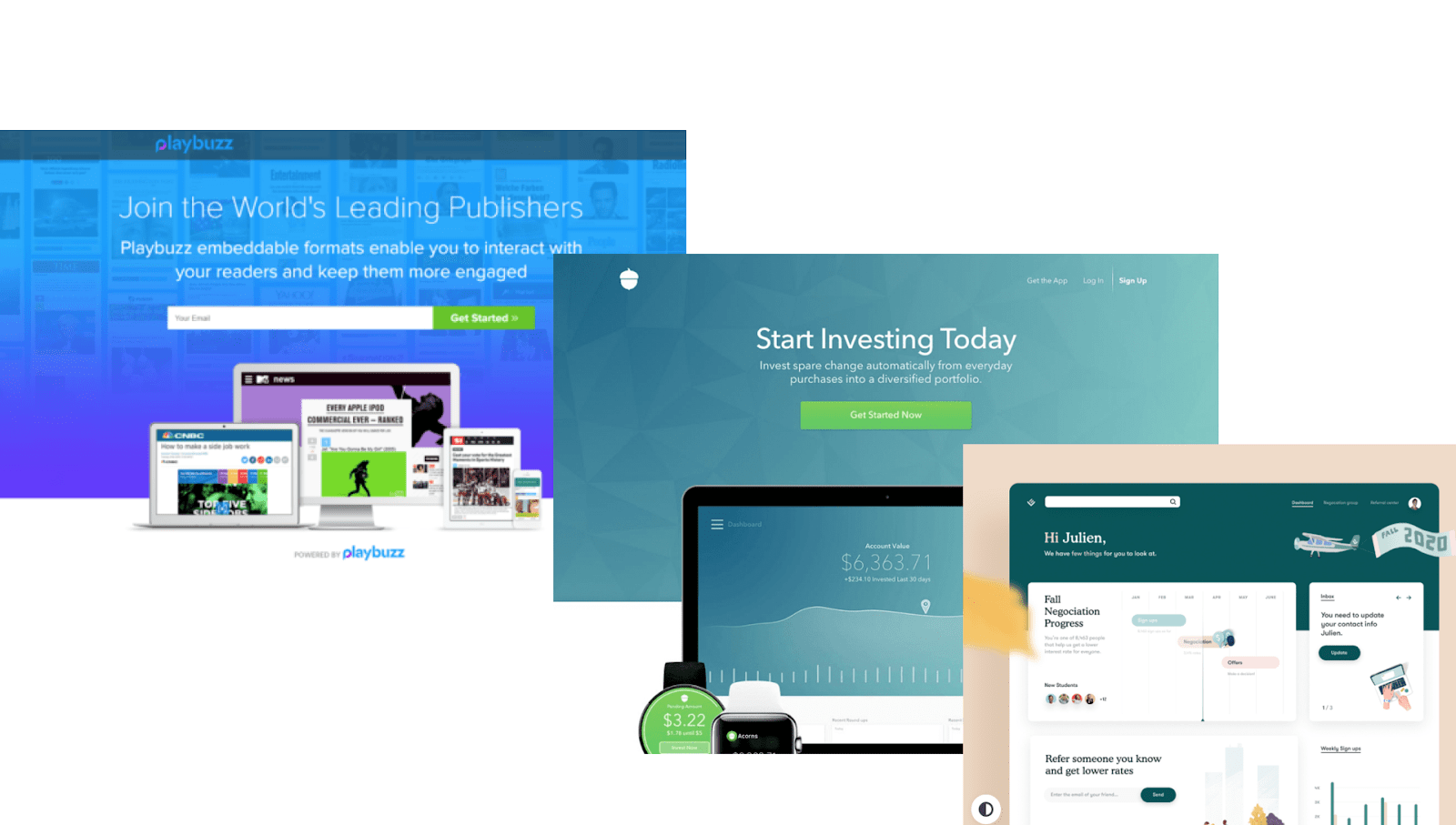In today’s digital marketplace, an impressive 80% of users recall a video ad they have viewed in the past 30 days, underscoring the unforgettable impact of video content. As businesses navigate the ever-evolving landscape of digital marketing, incorporating video content has become a pivotal strategy for enhancing user engagement. With a keen focus on optimizing online presence, this article delves into the significant influence of video content on landing page conversion rates, exploring how videos can amplify the effectiveness of digital marketing efforts and transform user interactions into tangible results.
The Significance of Conversion Rates
Conversion rates are a crucial metric for online businesses, serving as a barometer for the success of web pages in turning visitors into customers. A high conversion rate indicates effective engagement and persuasion of the target audience, leading to actions such as purchases, sign-ups, or downloads.
Factors influencing landing page performance include design, content quality, and user experience, with video content emerging as a key element.
Influence of Video Content on Conversion Rates
Integrating video content on landing pages has been shown to enhance user engagement and conversion rates. According to a study by EyeView, including video on a landing page can increase conversions by up to 80%.
Videos capture attention, provide quick and effective message delivery, and create a more interactive user experience. This visual medium can simplify complex information, foster trust, and encourage viewers to spend more time on the page – all contributing to higher conversion rates.
Online Video Editors: Enhancing Video Creation
The rise of online video editor tools has democratized the process of creating high-quality video content. These tools offer ease of use, cost-effectiveness, and accessibility, making it feasible for businesses of all sizes to produce engaging videos.
With features like video templates, drag-and-drop interfaces, and extensive media libraries, online video editors enable marketers to craft professional-looking videos without the need for advanced technical skills or significant investment.

Implementing Video Content Effectively
Implementing video content effectively on landing pages involves a strategic approach that balances several key factors. Firstly, the length and clarity of the video are paramount; it should be concise, typically between 30 seconds to 2 minutes, delivering a clear message without losing viewer attention. The content must be directly relevant and of high quality, emphasizing the unique selling points and benefits of the product or service.
Emotional engagement and storytelling are crucial for creating a memorable experience, as they foster a deeper connection with the audience. The video’s placement on the landing page significantly influences its effectiveness; it should be prominently positioned, ideally near the top or close to the call-to-action (CTA), ensuring maximum visibility.
The Anatomy Of A High Converting Landing Page | Conversion Rate Optimization Tips
The integration of a clear and compelling CTA within the video is essential, guiding viewers on the next steps to take, be it signing up, making a purchase, or getting more information. Testing and optimization are critical components of the implementation process. Different versions of the video should be tested for elements like length, content, and placement to identify what resonates best with the target audience.
Furthermore, accessibility and inclusivity considerations are crucial; providing subtitles or captions makes the content accessible to a broader audience, including those with hearing impairments. Lastly, with the increasing prevalence of mobile internet usage, ensuring that the video is optimized for mobile viewing is vital, guaranteeing that it loads and plays smoothly across various devices and screen sizes.
By meticulously considering these aspects, businesses can significantly enhance user engagement and conversion rates by effectively implementing video content on their landing pages.
Measuring the Impact
Evaluating the effectiveness of video content on landing pages involves tracking specific metrics such as play rate, average watch time, and conversion rate changes post-implementation.
Tools like Google Analytics and heat map technologies can provide insights into how users interact with video content, enabling marketers to refine their strategies for optimal results.
To concisely measure the impact of video content on landing page conversion rates, focus on these key metrics:
- Conversion Rate Changes: Assess the difference in conversion rates before and after adding the video.
- Video Engagement Metrics: Look at the play rate and average watch time of the video.
- Bounce Rate: Examine changes in the bounce rate, indicating how many visitors leave after viewing the landing page.
- Click-Through Rate (CTR): Monitor the CTR for calls-to-action associated with the video.
- A/B Testing: Compare the performance of the landing page with and without the video.
Social Shares and Engagement: If applicable, track social media shares and engagement for the video.
The Role of AI in Video Creation
The advent of AI solutions in video creation has streamlined the production process, offering powerful tools for personalization and efficiency. AI algorithms can analyze user data to suggest content styles and narratives that are more likely to resonate with the target audience.
However, this reliance on AI also brings challenges, such as the potential for reduced creativity and the risk of creating generic content. Marketers must strike a balance between leveraging AI for efficiency and maintaining the authentic, creative essence of their brand in video content. As AI continues to advance, businesses and creators must use this technology responsibly, ensuring that the content remains authentic and trustworthy.
Here are two brief examples of businesses that have successfully leveraged video content, enhanced by AI, to improve their conversion rates:
1. Dropbox: Simplifying Complex Ideas with Animated Explainer Videos
- Background: Dropbox, a leading cloud storage service, faced the challenge of explaining its then-novel service to a broad audience.
- Strategy: Dropbox created a simple, animated explainer video that succinctly conveyed how the service works and the benefits of using cloud storage. The video was placed prominently on their landing page.
- Result: The video led to a significant increase in user engagement and conversions. Reports suggest that this single video increased conversions by over 10%, translating to several thousand additional sign-ups per day, a monumental success for Dropbox.
- AI’s Role: While the initial video predated the widespread use of AI in video creation, similar strategies today employ AI to analyze viewer preferences, optimize video length, suggest animation styles, and personalize content to increase relevance and engagement.
2. Zappos: Product Videos Increase Sales
- Background: Zappos, an online shoe and clothing retailer, is known for its commitment to customer service and innovation.
- Strategy: Zappos began creating simple product videos for their shoes and apparel. Each video provided a 360-degree view of the product, with a staff member describing the item’s features and benefits.

- Result: Zappos reported that product pages featuring these videos saw an increase in sales ranging from 6% to 30%. The videos helped reduce uncertainty about the product and provided a richer shopping experience.
- AI’s Role: In scenarios like this, AI can be used to analyze which video segments are most engaging, help in A/B testing different video formats, and even personalize video recommendations to users based on their browsing history and preferences.
Conclusion
Video content has emerged as a potent tool for boosting landing page conversion rates, with online video editors playing a critical role in facilitating this integration. While the use of AI in video creation offers exciting possibilities, it’s important to maintain a human touch in crafting messages that resonate with audiences.
By continuously experimenting and adapting video content strategies, businesses can effectively leverage this dynamic medium to enhance their digital marketing efforts and achieve higher conversion rates.
Don’t forget to share this article
